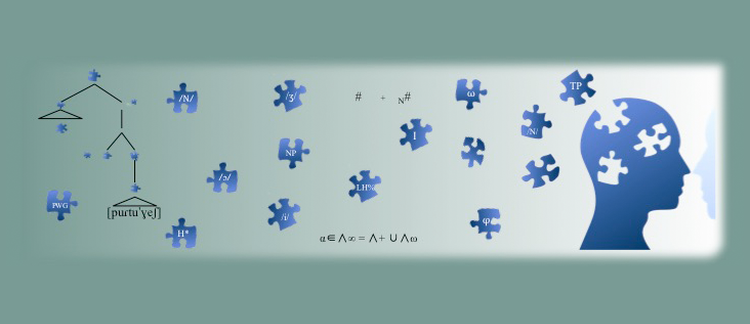Abstract
This paper is concerned with the structural position occupied by a subset of adjunct clauses, namely those which can occur in final position without a special intonational break. After a definition of the structures to be considered, it will be shown that the classical assumption according to which they are generated as adjuncts is empirically superior to the adjunct-as-complement analysis (cf. Larson 1988; 1990), and to more recent analyses, which follow an antisymmetric framework (cf. Kayne 1994). It will also be shown that a base generation account of preverbal adverbial clauses is to be preferred over a movement analysis on the basis of empirical data, and in conformity with theoretical economy assumptions (Merge over Move).
How to Cite
Lobo, M., (2002) “On the structural position of non-peripheral adjunct clauses”, Journal of Portuguese Linguistics 1(1), 83-118. doi: https://doi.org/10.5334/jpl.49
533
Views
236
Downloads
1
Citations
